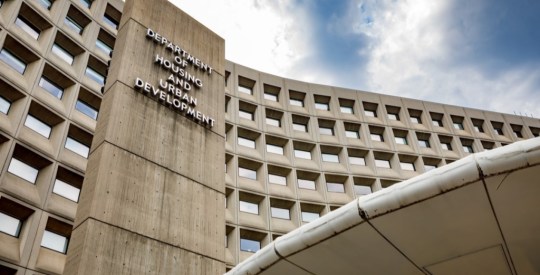While the majority of the market would like to wipe the secondary mortgage market slate clean and start fresh in designing a new one, experts at the Mortgage Bankers Association Secondary Conference on Tuesday agreed that too much damage has been done to begin from scratch.
With various daily changes on Capitol Hill, the eventual process of rotating in a new acting director for the Federal Housing Finance Agency and uncertainty about the future of Fannie Mae and Freddie Mac, panelists agreed that President Obama and his administration will not make any significant changes to the market over the next few years.
“We’ve got 22 plans that have been offered and most have been the same short list of failures and Congress isn’t ready to act,” said Joshua Rosner, managing director of Graham Fisher & Co.
He added, “In the meantime, we’ll see little changes and a lot of talk, but not a lot of action.”
On a similar note, Philip Swagel, professor in international economic policy at the University of Maryland agreed that over the next few years, Congress will spend the majority of time discussing solutions, but little action will take place.
However, there’s more agreement on the future of the secondary market then meets the eye.
For instance, Swagel believes the future of the housing finance system will have competing securitizers and insurers; explicit pricing of government guarantee behind first-loss private capital; guarantee of mortgage-backed securities, not firms; no portfolios and a split of securitization from guaranty by MBS insurers.
Until the market gets there, the biggest challenge is properly dealing with the credit risk matrix and making sure the right access to liquidity exists.
“Are we changing very much or are we just rearranging the chairs on the deck of the Titanic,” Rosner questioned.
Another issue at hand is the nomination of Congressman Mel Watt, R-N.C as Obama’s pick to lead the FHFA.
Will the current agency policies stay in place such as rationalization of guarantee fees, bringing private capital back in the market and unifying the securitization platform?
Swagel explained that while President Obama and his administration are not hesitant to criticize DeMarco, they are not critical of the FHFA’s strategic plan.
As a result, the professor firmly believes that if Watt is nominated — both panelists see that as unlikely — he will continue with the strategic plan set in place by the acting director.
“Another interesting factor to think about is as private capital comes in, g-fees could come down,” Swagel said.
Overall, while the future of the secondary mortgage market continues to sit at a stalemate, both panelists agree that two defining characteristics of the future secondary market need to include private capital and competition.
“That’s when we can declare victory, when there’s a stable system with a lot of competitors,” Swagel concluded.



